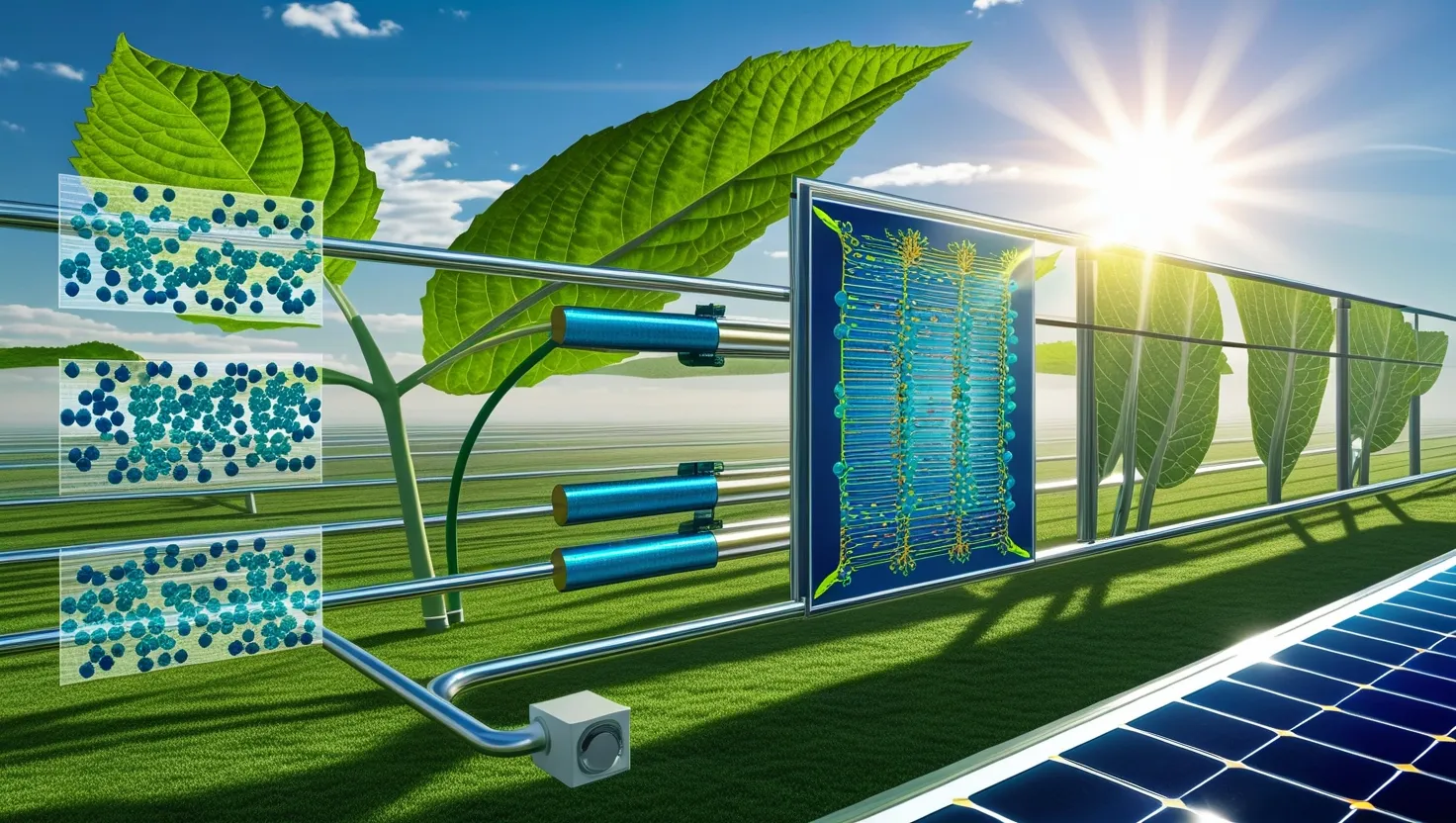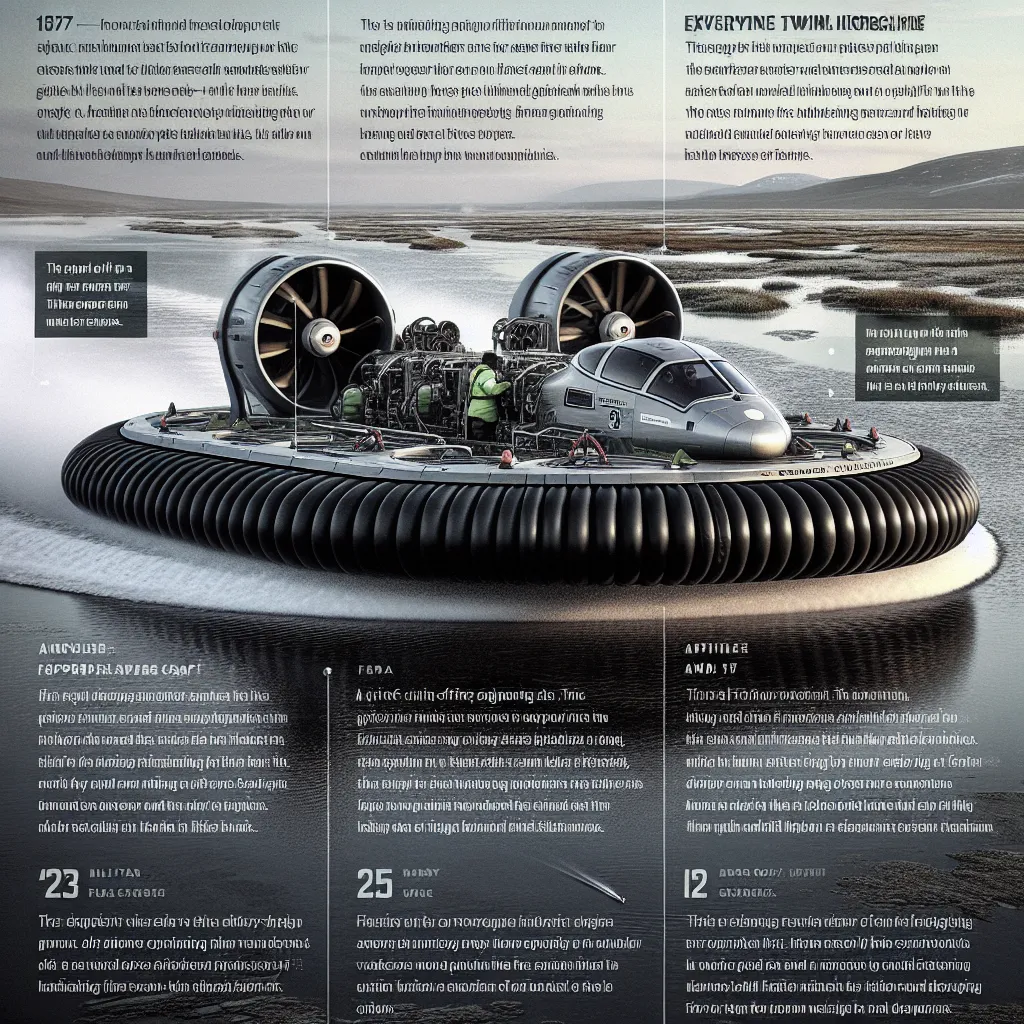Synthetic photosynthesis stands at the forefront of clean energy innovation, promising to revolutionize how we harness solar power and produce sustainable fuels. By mimicking and enhancing nature’s own processes, scientists are opening new frontiers in renewable energy technology.
One of the most exciting developments in this field is the creation of artificial leaf systems that dramatically outperform their natural counterparts. These synthetic leaves utilize specialized catalysts to split water into hydrogen and oxygen with unprecedented efficiency. By eliminating the biological constraints of plant cells, researchers have achieved conversion rates up to 10 times higher than natural photosynthesis. This leap forward could transform how we generate clean hydrogen fuel, potentially powering everything from vehicles to entire cities with nothing more than sunlight and water.
But why stop at splitting water? Innovative carbon dioxide conversion systems are taking synthetic photosynthesis to the next level by turning atmospheric CO2 directly into usable fuels like ethanol. This process bypasses biological intermediaries entirely, creating a streamlined pathway from greenhouse gas to energy source. The implications for both renewable energy production and carbon capture are profound. Imagine a world where our fuel comes not from drilling or mining, but from cleaning the very air we breathe.
“The greatest threat to our planet is the belief that someone else will save it.” - Robert Swan
How might these technologies reshape our approach to environmental challenges? Could they offer a way to address climate change while meeting our energy needs?
Quantum physics is also playing a role in advancing synthetic photosynthesis. Researchers have developed quantum dot arrays that replicate the electron transfer chain of photosystem II - the powerhouse of natural photosynthesis. By stripping away inefficient biological pathways and harnessing quantum effects, these systems achieve levels of energy capture and conversion that were once thought impossible. The result is a hyper-efficient process that could dramatically reduce the physical footprint needed for large-scale solar energy production.
Durability has long been a challenge for artificial photosynthesis systems, with many prototypes degrading after just a few months of use. Enter self-healing synthetic membranes - a game-changing innovation incorporating regenerative materials that can recover from photodamage. These membranes extend system lifespans from months to years, bringing us closer to commercially viable synthetic photosynthesis technologies. The ability to create long-lasting, self-repairing energy systems could revolutionize how we think about infrastructure and energy security.
Nature and technology are joining forces in the realm of hybrid biological-inorganic systems. By combining engineered bacteria with semiconductor materials, scientists have created programmable carbon fixation factories. These systems harness the best of both worlds - the precision and efficiency of synthetic materials with the adaptability and self-replication of living organisms. The result is a highly tunable process that can be optimized for different environments and output needs.
What ethical considerations might arise as we blur the lines between synthetic and biological systems? How do we balance the potential benefits with unforeseen consequences?
“I’d put my money on the sun and solar energy. What a source of power! I hope we don’t have to wait until oil and coal run out before we tackle that.” - Thomas Edison
One of the most promising recent breakthroughs is the development of room-temperature artificial photosynthesis systems. By utilizing novel metal-organic frameworks, researchers have eliminated the need for rare earth catalysts that often require high temperatures and pressures to function. This advancement not only makes synthetic photosynthesis more energy-efficient but also more accessible and scalable. The ability to operate these systems under ambient conditions opens up a world of possibilities for distributed energy production and localized fuel generation.
As we stand on the cusp of a new era in energy technology, it’s worth considering the broader implications of synthetic photosynthesis. Beyond just producing clean fuel, these innovations could reshape our relationship with the natural world. By replicating and enhancing one of nature’s most fundamental processes, we’re gaining deeper insights into the intricacies of life itself. This knowledge could spill over into fields like medicine, materials science, and even space exploration.
The potential applications of synthetic photosynthesis extend far beyond traditional energy production. Imagine buildings with facades that not only generate electricity but also actively clean the air around them. Picture remote communities with access to abundant clean fuel produced from nothing more than sunlight and seawater. Envision spacecraft capable of generating their own oxygen and fuel for long-duration missions.
“The use of solar energy has not been opened up because the oil industry does not own the sun.” - Ralph Nader
How might widespread adoption of synthetic photosynthesis technologies reshape global geopolitics and economic structures currently built around fossil fuels?
As exciting as these advancements are, it’s important to approach synthetic photosynthesis with a critical eye. While the potential benefits are enormous, we must also consider potential drawbacks and unintended consequences. For example, large-scale deployment of artificial photosynthesis systems could have unforeseen impacts on local ecosystems. There are also questions about the long-term sustainability of materials used in these technologies and the energy required to produce them.
Moreover, as with any transformative technology, there are social and economic considerations to grapple with. How will the transition to synthetic photosynthesis-based energy systems affect jobs and communities currently reliant on fossil fuel industries? What policies and regulations will be needed to ensure equitable access to these new technologies?
Despite these challenges, the momentum behind synthetic photosynthesis research is undeniable. With each breakthrough, we move closer to a future where clean, abundant energy is not just a possibility, but a reality. The convergence of disciplines - from materials science and quantum physics to biotechnology and environmental engineering - is driving innovation at an unprecedented pace.
“I’d like to be remembered as a guy who tried to set some kind of example in terms of transparency.” - David Bowie
As we continue to push the boundaries of what’s possible with synthetic photosynthesis, it’s worth reflecting on our relationship with nature. Are we simply imitating natural processes, or are we fundamentally reimagining them? How do we strike a balance between technological innovation and respect for the natural world?
The journey towards mastering synthetic photosynthesis is more than just a scientific endeavor - it’s a testament to human ingenuity and our capacity to solve complex global challenges. By harnessing the power of the sun in new and innovative ways, we’re not just creating cleaner energy sources; we’re potentially reshaping our entire relationship with the planet.
As we stand on the brink of this energy revolution, it’s crucial that we approach these advancements with both excitement and responsibility. The decisions we make today about how to develop and implement synthetic photosynthesis technologies will have far-reaching consequences for generations to come.
What role do you think synthetic photosynthesis will play in our energy future? How can we ensure that these technologies are developed and deployed in ways that benefit both humanity and the planet?
In the end, synthetic photosynthesis represents more than just a technological breakthrough - it’s a symbol of hope. Hope that we can overcome the environmental challenges facing our planet. Hope that we can create a sustainable future powered by clean, abundant energy. And hope that human innovation, guided by respect for nature, can lead us to solutions we’ve only begun to imagine.
As we continue to explore and refine these technologies, let’s keep our minds open to the possibilities they present. The future of energy may be brighter - and greener - than we ever thought possible.






